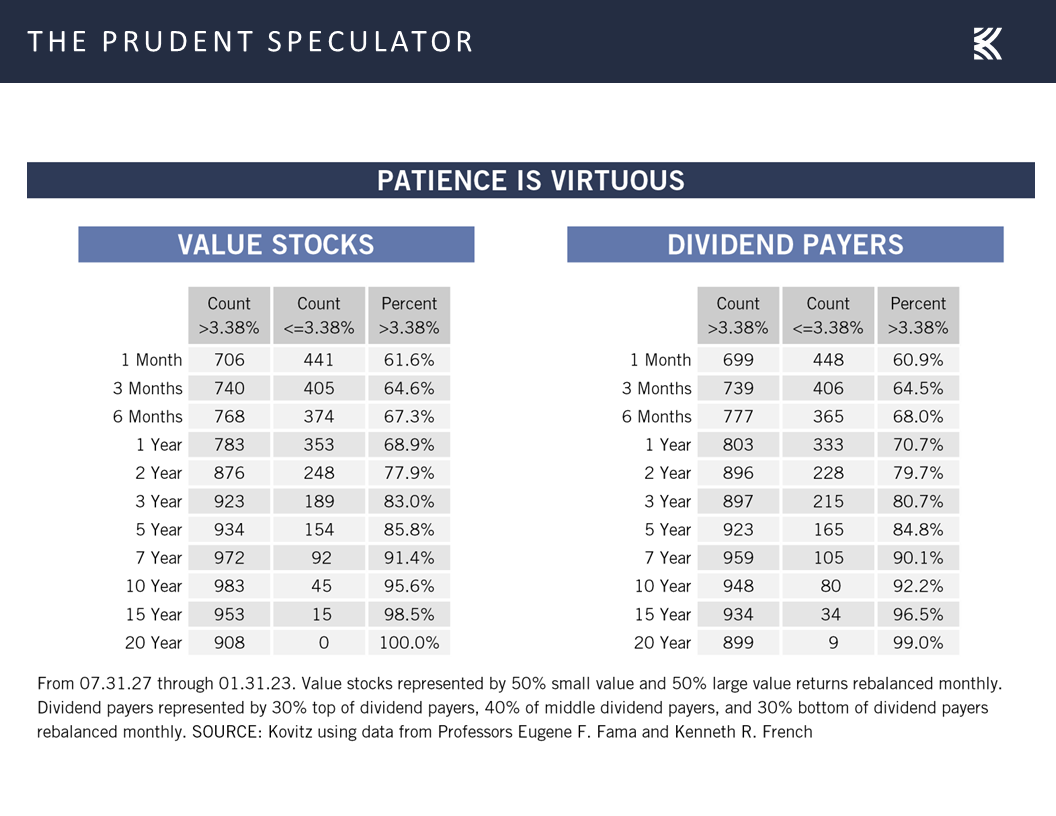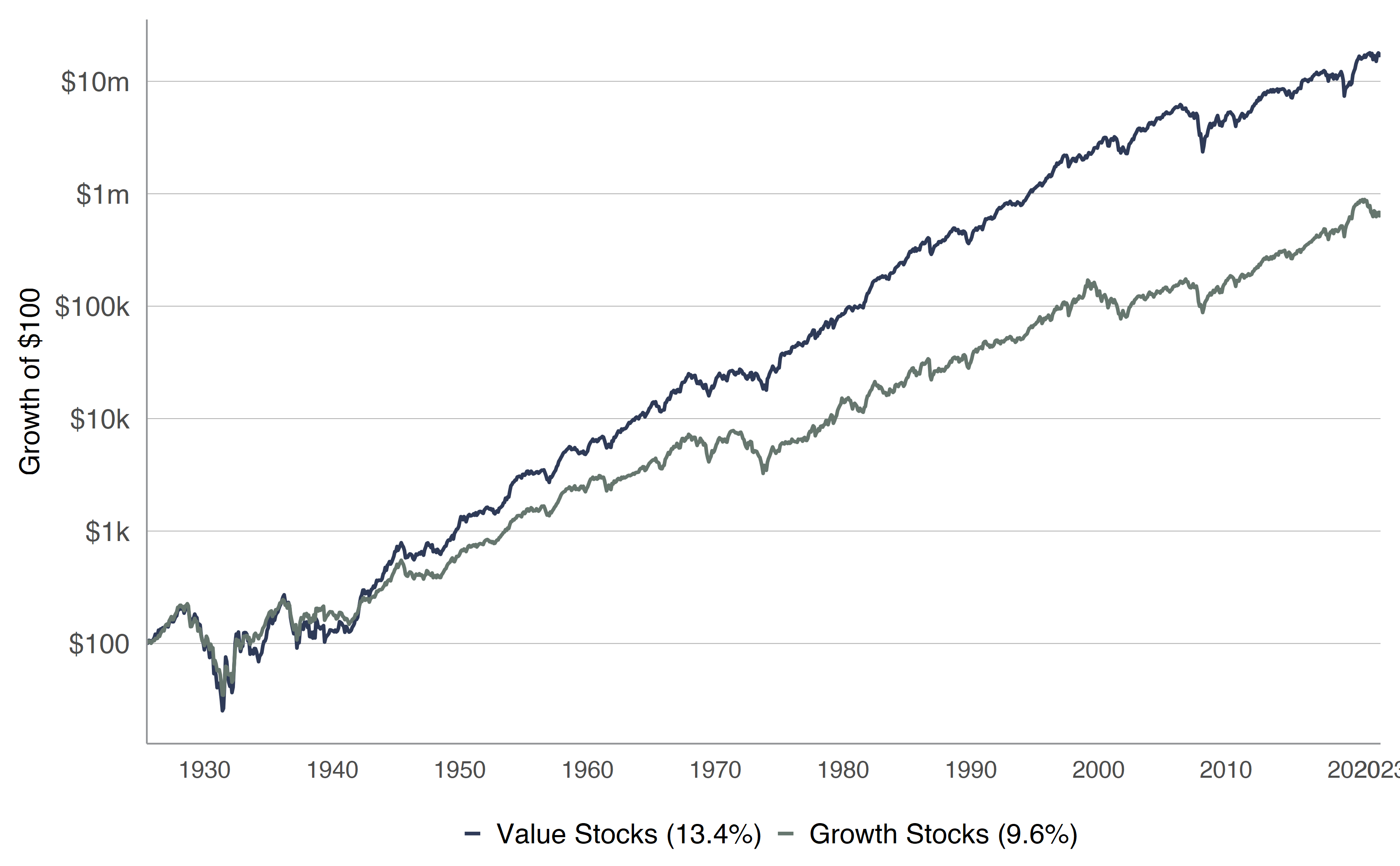
An Introduction to Value Investing: A Time-Tested Formula for Investing in Stocks
Value investing put simply is the hunt for investment bargains, not unlike buying merchandise at the grocery store or mall. At its core is the notion that the price of a thing is distinguishable from its worth.
Value stock investing entails the determination (or estimation) of a stock’s worth (or value), then buying it for less and patiently waiting for the price to eventually catch up to its value. By extension, a Value stock is a share of a company that trades for less than an estimate of its worth (or value).
Value Investing Applied to the Stock Market
One might expect for common stocks to trade in the market at prices that reflect the value of the corporations they represent, but we observe that this is not always (if rarely) the case. Stocks can often have a life of their own trading wildly in the stock market under the influence of outside factors sending them periodically well-above (and below) a reasonable estimate of a stock’s value.
These factors could be the general mood of market participants, prognostications about the economic cycle, rumors or even interest rates, the money supply, Federal Reserve policy and government affairs. These wild deviations from an estimate of a stock’s value tend to create opportunities for patient investors who appreciate bargains, seek diversification and risk mitigation.
In its most basic form, a stock’s value might be estimated by comparing it against those of companies within its peer group, relative to its own history or both. Common measures of Value can include a stock’s price in relation to past or estimated future earnings or sales, as well as its accounting book value.
3 Reasons to Be a Value Investor
1. It’s Simple, but Not Easy
The principle of buying something for less than its determined value is a simple one! Nevertheless, it typically requires performing some detective work (basic mathematics and business knowledge also help!), and often entails looking in areas where others have neglected or may be unwilling to look.
Also, waiting for a mispriced stock to catch up to its estimation of value requires patience, along with the courage to hold an opinion that may differentiate from concensus thinking. This need to perform a bit of work, while keeping independent and objective in their thinking acts as a deterrent for many, but is a major reason why opportunities exist for those willing and able.
2. Sound Logic in Practice and Theory
Widely recognized investors like Warren Buffett, Sir John Templeton and Peter Lynch have proven the merits of employing Value approach to their stock investing over multiple decades.
In their academic research1, Professors Eugene F. Fama and Kenneth R. French found that stocks that met certain value-based criteria tended to exhibit outperformance compared to other types of stocks.

3. Risk Mitigation and Improving Odds
“The first rule of an investment is don’t lose [money]. And the second rule of an investment is don’t forget the first rule. And that’s all the rules there are.” -Warren Buffett
Investing involves making a guess about an unknowable future. After all, Aesop taught us around 600 B.C. that a bird caught is better than more uncaught. The discipline of paying less than a stock’s determined worth and incorporating modest expectations when estimating a company’s future earnings, sales, dividends etc. are an attempt at reducing the risk of loss, but also allows room for positive surprise.

Time-Tested for Over 45 years
In publication since 1977, consider subscribing to our newsletter for timely application of these principles and a guiding hand on your investment journey. Review our track record here: https://theprudentspeculator.com/dashboard/
We also frequently pen a column on Forbes to expound on the topic of value investing, markets & the economy, regularly offering relevant stocks for reader consideration.
TPS Don't Forget About Value
Reference:
1Fama and French defined Value stocks as those that have high book-to-market ratios, versus Growth stocks that have a low book-to-market ratios. “Book” value is the valuation of assets less the liabilities on a company’s balance sheet according to accounting rules and principles. And “market” means the market price of a stock. Presented as a ratio, a higher figure would indicate that the company’s net assets are more valuable relative to the company’s stock (a Value stock), while a lower figure would indicate that the company’s net assets are less valuable relative to the company’s stock (a Growth stock).


